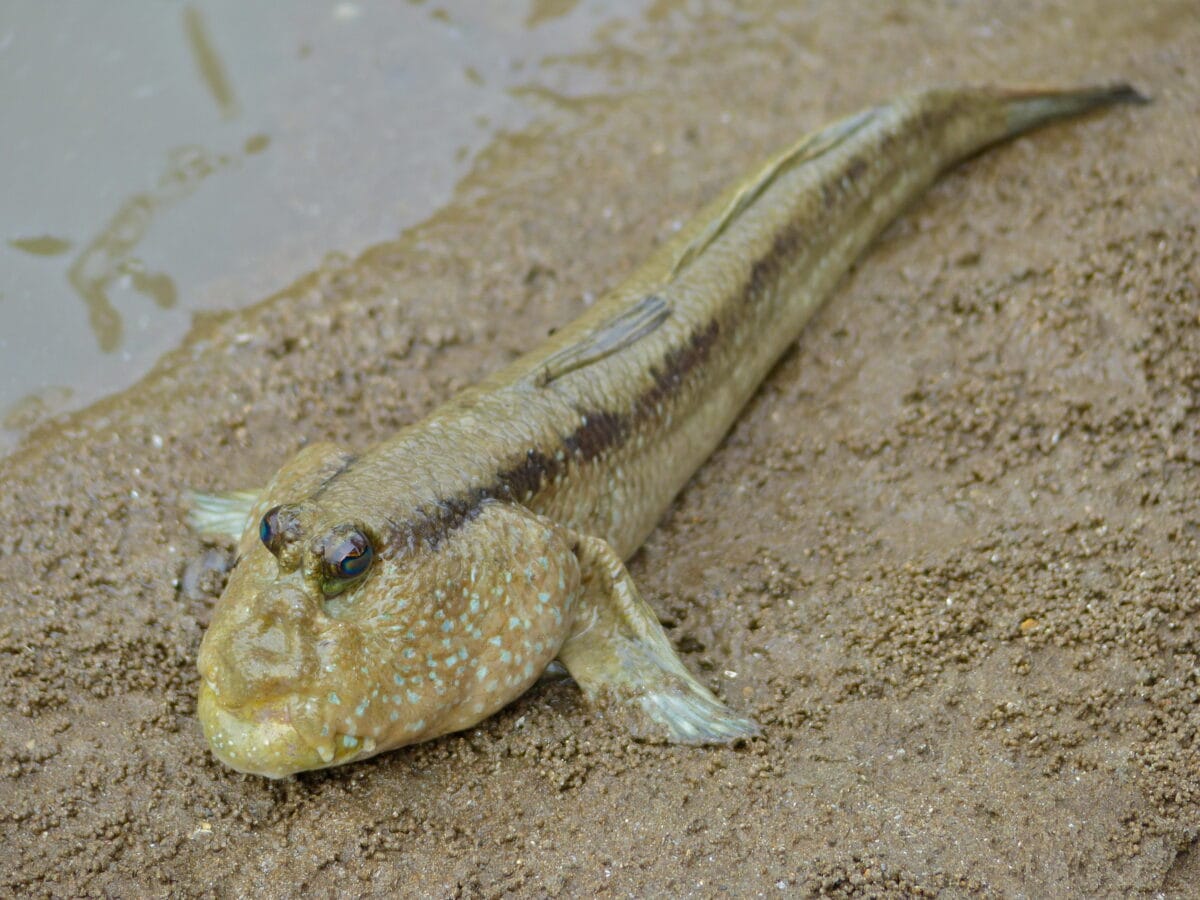In the captivating world of evolutionary biology, few creatures challenge our understanding of adaptation quite like amphibious fish. These remarkable animals blur the boundaries between aquatic and terrestrial life, demonstrating nature’s incredible capacity for innovation. Among these evolutionary marvels, several species have developed the extraordinary abilities to not only survive out of water but to actually traverse land and directly breathe air. These adaptations represent critical evolutionary stepping stones that help scientists understand how the first vertebrates made the monumental transition from water to land millions of years ago. As climate change alters aquatic habitats and oxygen levels fluctuate in water bodies worldwide, these specialized skills may become increasingly valuable survival strategies.
The Remarkable Mudskipper: A Fish Out of Water

Perhaps the most celebrated land-walking fish is the mudskipper (Oxudercinae subfamily), a member of the goby family that has mastered life in the challenging intertidal zones of tropical and subtropical regions. These fish possess specialized pectoral fins that function remarkably like limbs, allowing them to “skip” across mudflats with surprising agility. Their fins have evolved to provide the necessary structural support and leverage to propel their bodies forward on land. Mudskippers can spend up to several days out of water, making them true pioneers of amphibious living among modern fish species. Their distinctive googly eyes, perched high on their heads, provide nearly 360-degree vision—an essential adaptation for spotting both aquatic predators and terrestrial threats like birds.
Evolutionary Significance of Walking Fish
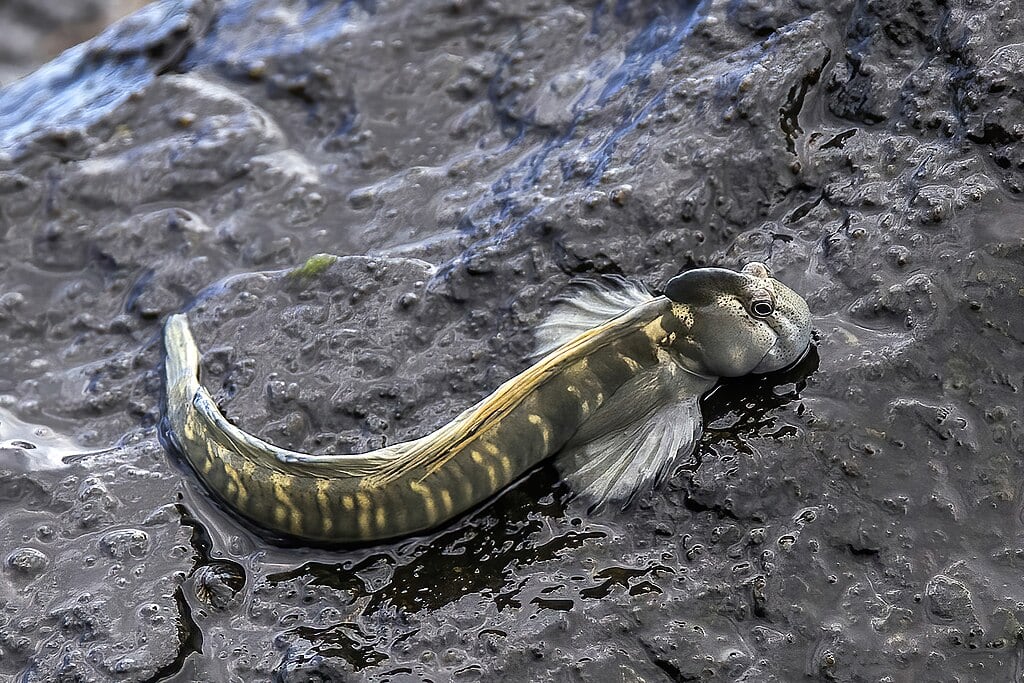
Walking fish represent living examples of transitional forms in evolution, offering scientists valuable insights into how vertebrates first colonized land approximately 375 million years ago. The most famous fossil representative of this transition is Tiktaalik roseae, an extinct species that possessed features of both fish and tetrapods (four-limbed animals). Modern walking fish help researchers understand the selective pressures and adaptive advantages that drove this momentous evolutionary shift. Unlike Tiktaalik, today’s walking fish aren’t evolving into land animals; rather, they’ve developed their specialized abilities in response to specific ecological niches where amphibious capabilities provide competitive advantages. These contemporary species demonstrate convergent evolution—where similar traits evolve independently in different lineages facing comparable environmental challenges.
Breathing Air: Specialized Respiratory Adaptations
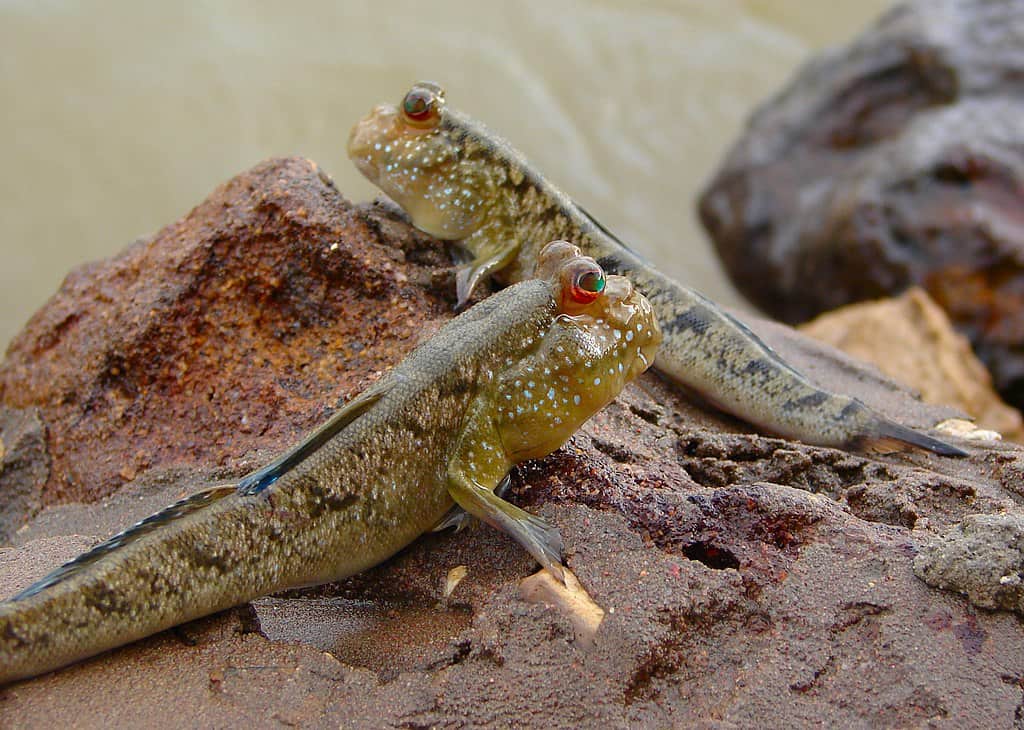
The ability to breathe air represents an extraordinary adaptation among certain fish species and requires significant physiological modifications. Walking fish employ various respiratory mechanisms to extract oxygen from air. Mudskippers, for instance, trap water in their enlarged gill chambers, which remain moist and functional even during terrestrial excursions. Other species, like lungfish, possess primitive lungs in addition to gills, allowing them to directly breathe atmospheric oxygen. The climbing perch (Anabas testudineus) utilizes a labyrinth organ—a maze-like structure of folded tissues in its head that can extract oxygen from air. These diverse respiratory adaptations highlight the multiple evolutionary pathways that have enabled fish to overcome the fundamental challenge of obtaining oxygen outside their primary aquatic environment.
The African Lungfish: A Living Fossil

Among air-breathing fish, African lungfish (Protopterus species) stand out as evolutionary marvels that have remained largely unchanged for over 400 million years. These remarkable creatures possess both gills and a primitive lung derived from their gut, allowing them to breathe air directly when water becomes oxygen-depleted. During extreme drought, African lungfish exhibit perhaps their most astonishing adaptation: they burrow into mud, secrete a protective mucus cocoon around themselves, and enter a state of estivation (similar to hibernation) that can last for years. Within this cocoon, they breathe air through a small tube while their metabolism slows dramatically. When rains return, they emerge essentially unchanged, having survived conditions that would be lethal to most aquatic organisms.
The Walking Catfish: An Invasive Marvel

The walking catfish (Clarias batrachus) represents one of the most notorious examples of how terrestrial mobility can contribute to invasive potential. Native to Southeast Asia, this species has established invasive populations in Florida after being introduced through the aquarium trade in the 1960s. Unlike many walking fish that use modified pectoral fins, walking catfish employ a distinctive side-to-side wriggling motion powered by their stiff pectoral spines and flexible bodies. They can travel remarkable distances between water bodies, especially during rainy periods when the ground is moist. Their air-breathing capability comes from specialized suprabranchial organs that develop as arborescent (tree-like) structures above their gill chambers. These adaptations have made walking catfish extraordinarily resilient invaders capable of colonizing new habitats inaccessible to purely aquatic species.
The Climbing Perch’s Remarkable Journey

The climbing perch (Anabas testudineus) demonstrates perhaps the most ambitious terrestrial capabilities among walking fish. Not content merely to traverse level ground, these determined fish can actually climb trees using their gill plates and spiny fins to grip bark. This extraordinary behavior typically occurs during rainfall when moist conditions reduce the risk of desiccation. Native to Southeast Asia, climbing perches can survive out of water for up to six days thanks to their specialized labyrinth organ. Scientists have observed them traveling overland for distances exceeding 400 meters in search of new water bodies. In addition to climbing, these versatile fish can even orient themselves toward water sources using olfactory cues, essentially “smelling” their way to new aquatic habitats during overland journeys.
The Mangrove Rivulus: Champion of Terrestrial Survival
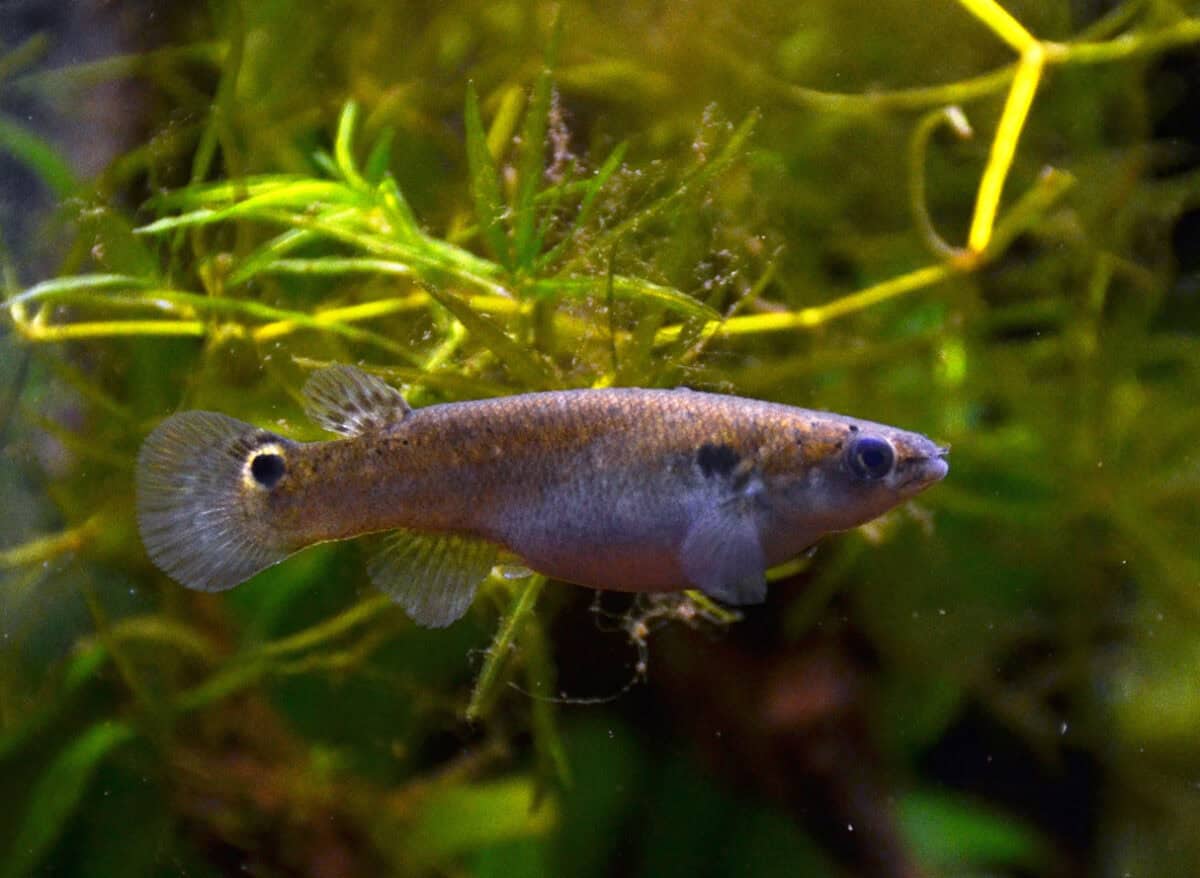
The mangrove rivulus (Kryptolebias marmoratus) holds the distinction of being perhaps the most terrestrially capable of all fish species. This small killifish inhabits mangrove forests across the Caribbean and can survive out of water for more than two months under the right conditions. Unlike many walking fish that require high humidity, the mangrove rivulus can endure relatively dry conditions by reducing water loss through its skin and recycling nitrogenous wastes. During terrestrial excursions, these fish often seek shelter in rotting logs or leaf litter. Remarkably, they can actually breathe through their skin (cutaneous respiration) while on land, absorbing oxygen directly through moist epithelial tissues. Perhaps most extraordinarily, mangrove rivulus can even perform directed jumps to escape threats or move toward more favorable microhabitats—a behavior more reminiscent of amphibians than fish.
The Environmental Triggers of Terrestrial Behavior

What prompts a fish to leave its aquatic home for the challenging terrestrial environment? Research has identified several environmental triggers that initiate land excursions among walking fish. Poor water quality, particularly low oxygen conditions (hypoxia), serves as a primary driver, essentially forcing fish to seek atmospheric oxygen when aquatic breathing becomes inefficient. Predator avoidance represents another significant motivation, as terrestrial excursions can provide temporary escape from aquatic threats. Food availability also influences this behavior, as many walking fish opportunistically feed on terrestrial insects, small crustaceans, or other invertebrates unavailable in their aquatic habitats. Climate factors, particularly seasonal patterns of rainfall and drought, create predictable cycles of terrestrial activity in many species. Scientists have observed that walking fish demonstrate remarkable environmental awareness, often timing their movements to coincide with optimal conditions that minimize desiccation risks.
Physiological Challenges of Land Excursions

Despite their impressive adaptations, walking fish face significant physiological challenges during terrestrial activities. Desiccation (water loss) represents the most immediate threat, as fish skin lacks the protective keratin layers found in fully terrestrial vertebrates. To counter this, many species secrete protective mucus coatings that reduce evaporation and maintain skin moisture. Without buoyancy support, their bodies must contend with gravity’s full effects, requiring stronger muscular systems and skeletal support than purely aquatic relatives. Temperature regulation presents another challenge, as air conducts heat differently than water, potentially exposing these fish to harmful temperature fluctuations. Additionally, waste elimination methods must adapt, as the gill-based ammonia excretion system used underwater functions less efficiently in air. These multiple challenges explain why terrestrial excursions remain temporary for most species, representing impressive but limited forays beyond their primary aquatic domain.
The Northern Snakehead: Invasive Air-Breather

The northern snakehead (Channa argus) represents one of the most concerning invasive walking fish species, particularly in North American ecosystems. Native to parts of Asia, this predatory fish can reach lengths exceeding three feet and possesses an insatiable appetite for native fish species. Snakeheads use a distinctive slithering motion to traverse land, undulating their elongated bodies in a snake-like pattern while supporting themselves on their pectoral fins. Their respiratory system includes suprabranchial chambers that function as primitive lungs, enabling them to survive out of water for up to four days if their skin remains moist. This terrestrial capability has contributed significantly to their invasive success, allowing them to colonize isolated water bodies that would remain inaccessible to purely aquatic species. Since their introduction to the United States in the early 2000s, snakeheads have established populations in multiple states, prompting aggressive control efforts by wildlife management agencies.
The Pacific Leaping Blenny: Evolutionary Transition in Action
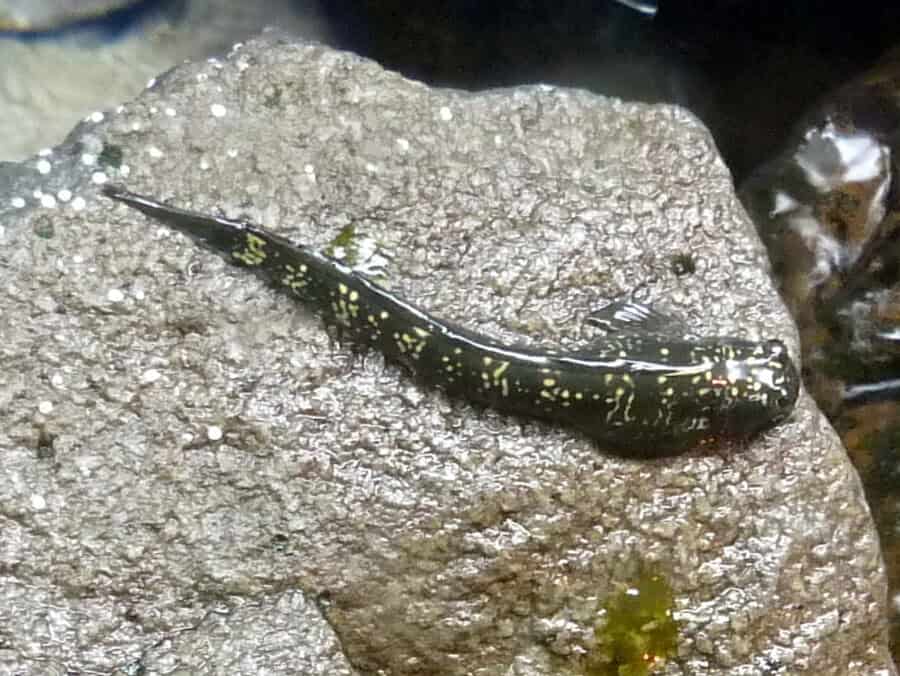
The Pacific leaping blenny (Alticus arnoldorum) represents perhaps the most terrestrially committed of all “walking” fish, spending nearly its entire adult life out of water. These remarkable fish inhabit rocky intertidal zones in the western Pacific, where they have essentially abandoned aquatic life except for reproduction. Rather than walking in the traditional sense, these fish use powerful tail movements to skip and jump across rocks, sometimes leaping distances over 30 times their body length. Their respiratory system has adapted to function primarily in air, with reduced gill surface area and increased blood vessel density in their skin for cutaneous respiration. The leaping blenny’s skin contains specialized cells that absorb oxygen directly from the moist air of splash zones. Fascinatingly, these fish actually risk drowning if submerged for extended periods—a complete reversal of the typical fish respiratory paradigm that underscores their profound evolutionary transition toward terrestrial living.
Conservation Implications for Walking Fish
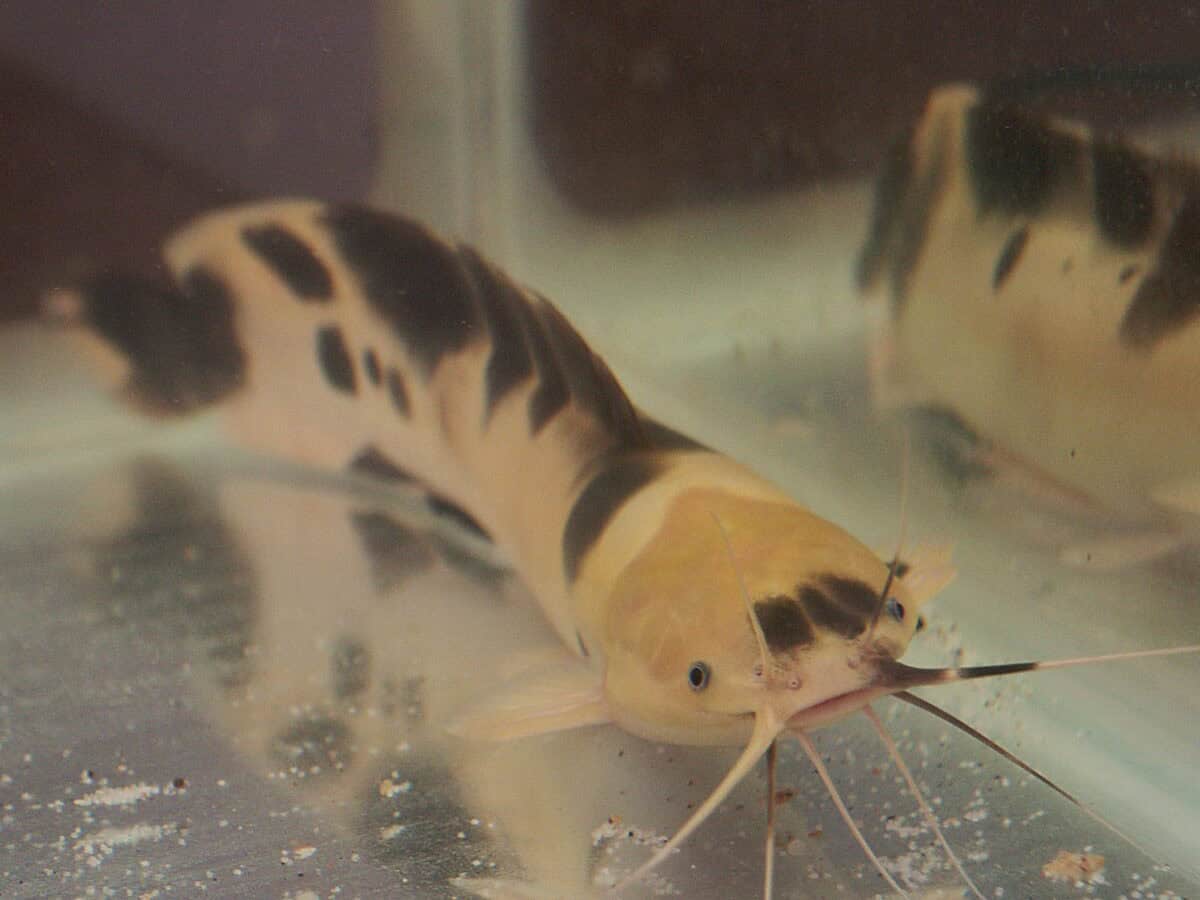
Walking fish face unique conservation challenges as creatures that bridge aquatic and terrestrial environments. Habitat degradation affects them doubly, as they require both healthy water bodies and intact shoreline or intertidal zones. Climate change poses particular threats through altered rainfall patterns, increased drought frequency, and rising temperatures that can increase desiccation risks during terrestrial excursions. Wetland drainage and mangrove destruction have severely impacted species like mudskippers that depend on these transitional ecosystems. Conversely, certain walking fish species like snakeheads and walking catfish have become invasive threats themselves when introduced outside their native ranges. Conservation strategies must consider these species’ dual habitat requirements and often necessitate protection of entire ecosystem complexes rather than isolated water bodies. Their unusual life histories and habitat requirements make walking fish particularly vulnerable to anthropogenic changes, yet their remarkable adaptations may also provide resilience in certain changing environmental conditions.
The Evolutionary Future of Walking Fish

The evolutionary journey of walking fish continues to unfold in our changing world, raising fascinating questions about their future trajectories. Unlike their ancient counterparts that eventually gave rise to tetrapods, today’s walking fish occupy specialized ecological niches where amphibious capabilities provide competitive advantages without driving complete terrestrialization. As climate change alters aquatic habitats, species with air-breathing capabilities may gain advantages in oxygen-depleted waters, potentially expanding their ranges. Conversely, increasing temperature extremes and altered precipitation patterns could create new challenges for their terrestrial excursions. Invasive walking fish species demonstrate remarkable adaptability to new environments, suggesting significant evolutionary plasticity. While we shouldn’t expect modern walking fish to evolve into new land vertebrates, their ongoing adaptations provide a living laboratory for understanding evolutionary processes at environmental interfaces. These remarkable creatures remind us that evolution continues dynamically around us, constantly refining solutions to ecological challenges through natural selection’s patient work.
Conclusion
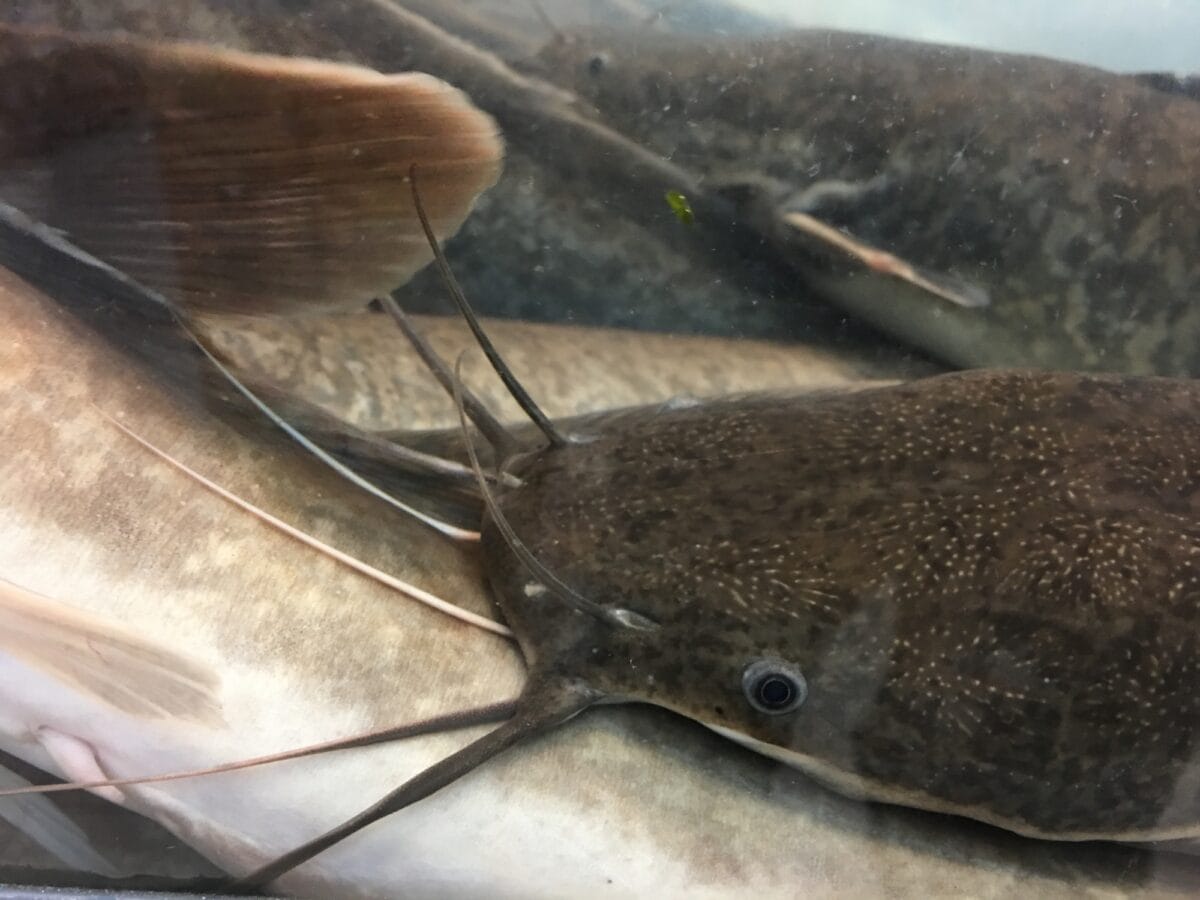
Walking fish represent extraordinary examples of evolutionary innovation, challenging our traditional boundaries between aquatic and terrestrial life. Through specialized limb-like fins, modified respiratory systems, and remarkable physiological adaptations, these species navigate both water and land with surprising proficiency. Their diverse solutions to the challenges of terrestrial excursions—from the mudskipper’s specialized pectoral fins to the lungfish’s ancient respiratory adaptations—highlight the multiple evolutionary pathways that can emerge in response to similar environmental pressures. As living representatives of transitional forms, walking fish offer scientists invaluable windows into the ancient evolutionary journey that brought vertebrate life onto land, while their ongoing adaptations to changing environments demonstrate evolution’s continuous, dynamic nature in our modern world.
- How Snakes Became a Central Theme in Chinese Zodiac Legends - August 15, 2025
- Can Animals Predict Earthquakes? The Science Behind the Mystery - August 15, 2025
- Animals That Survive on Only Air and Light - August 15, 2025

